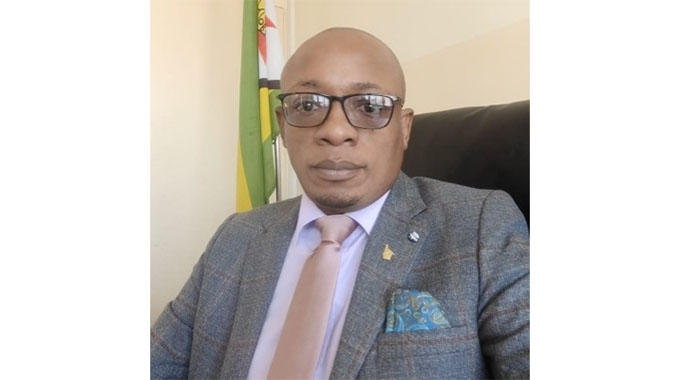Electricity access rate now 62pc

Veronica Gwaze in JOHANNESBURG, South Africa
ZIMBABWE’s electricity access rate is now 62 percent, according to the 2022 census, the director of energy conservation and renewable energy in the Ministry of Energy and Power Development, Dr Sosten Ziuku, has said.
This is a combination of both the grid connected and off grid systems.
Speaking at the high-level regional dialogue on just energy transition, natural resource governance and climate change in Southern Africa here on Tuesday, Dr Ziuku said Zimbabwe’s peak electricity demand stands at about 1 800MW against a generation capacity of about 1 500MW.
This translates to a deficit of at least 300MW, which has to be met through imports.
The dialogue, being organised by the Southern African Trust, has attracted representatives from the SADC region and other stakeholders to explore issues around energy transition and climate change. Dr Ziuku said when conditions are right, Zimbabwe has had to satisfy its electricity demand through imports from Mozambique, South Africa and Zambia.
“We are performing well, especially if we consider the acute power deficit in the entire Southern African region,” he said.
“As a result, we are often forced to do some frequent load shedding, which of course may not be good in a way or two.”
The dialogue is also meant to facilitate a multi-stakeholder platform to discuss strategies for achieving a just and sustainable energy transition in Southern Africa, exploring opportunities and challenges for local communities’ engagements.
Of an estimated population of about 600 million people in Sub Saharan Africa, over 50 percent have no access to electricity.
As a result, Dr Ziuku said the Zimbabwean Government was committed to ensuring that the power generation and supply was improved.
Advisor to the Minister of Electricity in South Africa, Mr Silas Zimu urged Southern African countries to boost electricity generation.
This, he said, will in turn create vibrant economies across the region.
Of the 1 500MW generated in Zimbabwe, almost two thirds now comes from coal with the balance generated from hydroelectric and solar power plants.
Yesterday, Hwange Power Station was generating 824MW, Kariba 668MW and independent power producers 46MW, making a total of 1 538 MW.
Dr Ziuku said Zimbabwe was exploring ways of repurposing its thermal power plants to ensure a just transition.
“I also wish to highlight that the issue of just transition should not be looked at in isolation away from energy access,” he said.
Zimbabwe’s transition is anchored on a number of policies launched in the last five years, principally the renewable energy policy that aims to add at least 2 100 MW in power generation by 2030.
“Our pace has been slow but we are moving in the right direction and we see this as an opportunity to move towards our zero poverty goal,” Dr Ziuku said.
“We have about 60 solar power plants under construction and at the end of the year, we expect an addition of 90MW.”









Comments